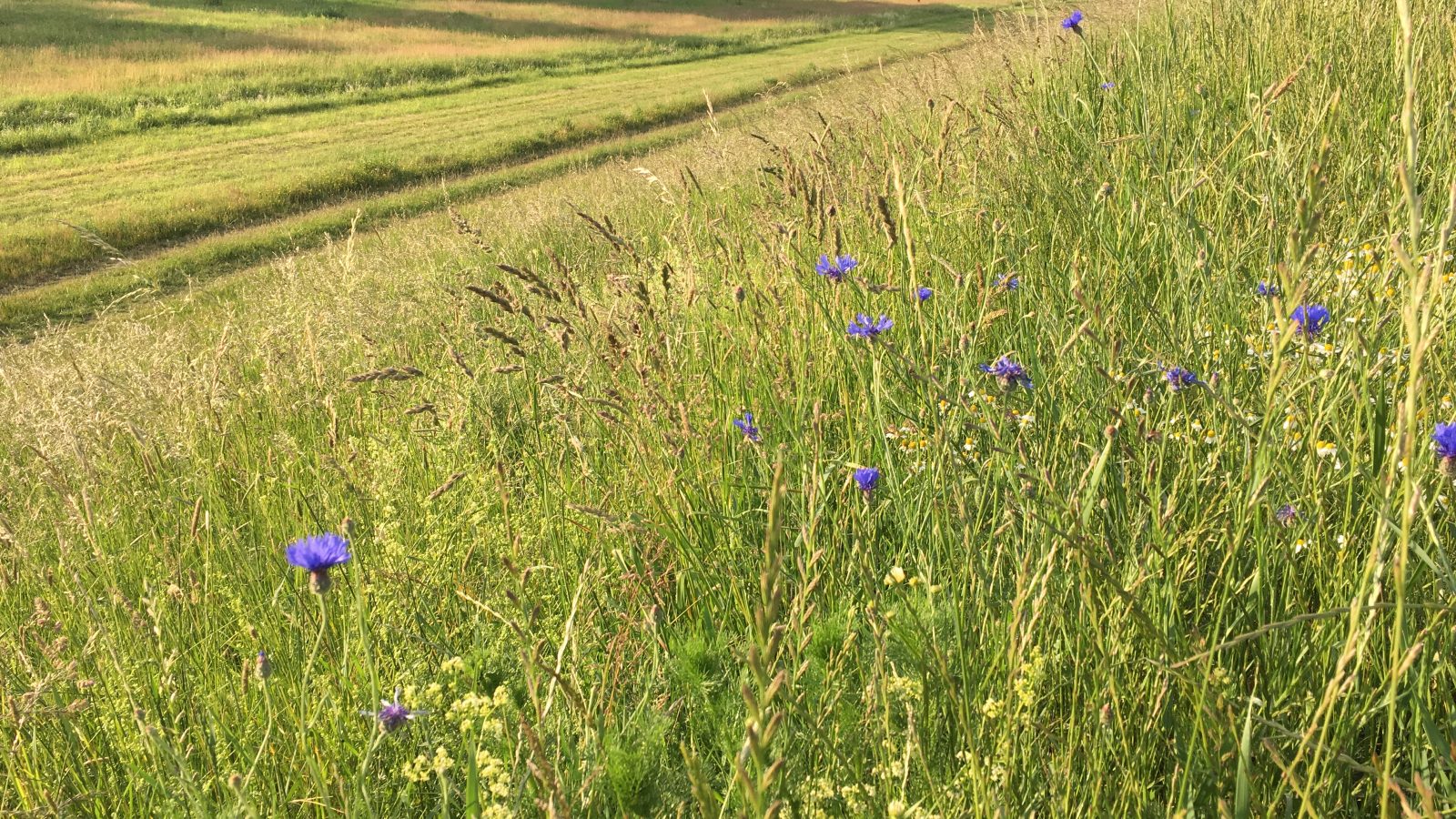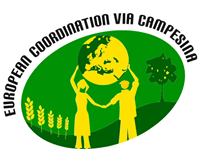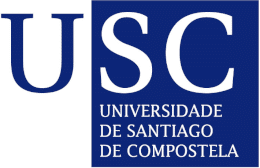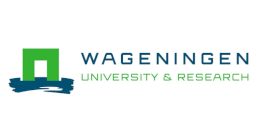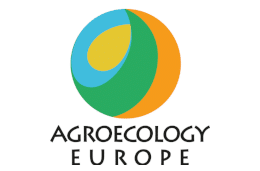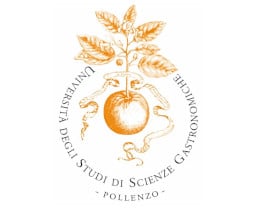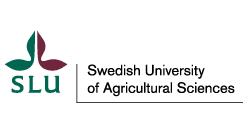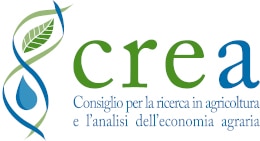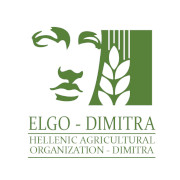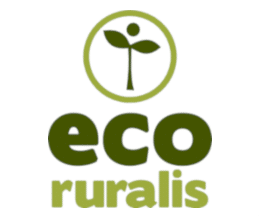OVERVIEW OF THE AGROECOLOGY MAPPING
INTRODUCTION
To scale up agroecology, it is critical to document and analyse its development in different contexts as a necessary step to attain larger insights about the state of the art of agroecology, as well as to support its expansion and use at the policymaker level. Through the “mapping of agroecology in Europe” we aim to provide an overview of the situation that shows the reality of agroecology in different European countries. This mapping is not foreseen to be completely exhaustive, but rather illustrative, synthesizing and providing key information on the road to building a common understanding of agroecology, as well as its development at the European level (Wezel et al. 2018).
METHODOLOGY
To carry out the mapping, a common methodology was defined, building on already existing elements used for previous mapping efforts executed by Agroecology Europe.
- MAPPING ACTIVITY CATEGORIES
The information collected was organised according to the three major pillars commonly recognised as making up agroecology, scientific discipline, a set of practices, and a social movement (Wezel et al. 2009). To take into consideration complementary aspects and the European dynamic on the topic, as well as the European partnership in agroecology, “Living labs” and “Education and training” categories were added.
The mapping methodology relies on two concepts: key informants and initiatives. The key informant corresponds to a diverse range of experts providing information regarding one or more activity categories: scientific discipline, practices, movement, living labs, and education and training. The initiatives correspond to formal action led by an organisation towards agroecology that will be called “initiatives”.
In order to carry out the mapping, a common methodology was defined, building on already existing elements used for previous mapping efforts executed by Agroecology Europe. In this first volume of the Country Reports series, 13 countries have been mapped thanks to the involvement of more than 25 so-called mappers..
- METHODOLOGICAL STEPS
Building on the categorization and the notions, the mapping methodology is organized into four steps:
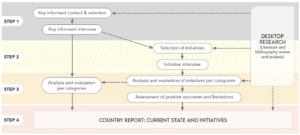
- Find key informants and interview them.
- Select the initiatives and analyse them through in-depth interviews complemented by desktop research.
- Analyse the data that was collected with complementary desktop research, and categorization into one of the five activity categories.
- Internal and, in some cases, external review of the country reports that present the results of the development of agroecology in a specific.
RESULTS
The results of the mapping activities were disseminated through various formats (country reports, webinars and a collection of reports as the first volume of a mapping book). For a comprehensive understanding of the activities and initiatives involved in the mapping, the initial volume of the country report book series “Mapping the Development of Agroecology in Europe” is accessible here: https://zenodo.org/record/7774412#.ZC1tVfZBzq4. The book is documenting the development of agroecology in 13 European countries (Albania, Austria, Bosnia, Bulgaria, Croatia, Germany, Greece, Italy, Kosovo, Malta, Montenegro, North Macedonia, and Romania), describing 112 initiatives, examples, cases, and programmes linked to agroecology, and the development of agroecology in these European countries as well as the diversity of use of the concept.
The publication of the Second Volume of Mapping The Development of Agroecology in Europe comes at a critical time when agriculture is high on the EU policy agenda and agroecology provides a rational, credible way forward. At the beginning of 2024, the European partnership of Agroecology Living Labs and Research Infrastructures was launched to support the implementation of agroecology at the European scale for enhanced sustainable agriculture and food systems development. This second volume covers eleven new countries: Denmark, France, Hungary, Ireland, Moldova, the Netherlands, Portugal, Slovenia, Spain, Sweden, and the United Kingdom. This adds to the thirteen countries already mapped in Volume 1 of the country report series.
Similarly, detailed insights into agroecological initiatives in multiple countries can be watched through these informative webinars on this page.
Additionally, during Agroecology Europe Forum 2023 several initiatives explained and presented their work on agroecology.
Development of agroecology in the United Kingdom (UK) and the Netherlands
The United Kingdom (UK)
The general public has a hazy idea of agroecology, although most people are familiar with organic. Differences in understanding and policy development of agroecology across the UK’s devolved nations were observed. Although there has been an increase in the term ‘agroecology’ among policymakers, it is co-opted by policymakers and intensive farmers in the same way as the word ‘sustainable’: either genuinely misunderstood or used intentionally for ‘greenwashing’ their activities. More information is soon published in the 2nd volume of the mapping book.
The Netherlands
During the last 5 years, agroecology has really taken off as a practice as well as a movement in the Netherlands. At the moment, the term agroecology is used by farmers who subscribe to the principles of the Nyeleni Declaration (Nyeleni, 2015). Recent debates in the Netherlands focused increasingly on politics regarding agroecological transitions and food system transformation versus agricultural conformism. This trend may be exemplified by Dutch policy, where agroecology is used as a policy term for nature-inclusive agriculture (Runhaar, 2021), which may be considered less transformative than agroecology and applying its principles. More information is soon published in the 2nd volume of the mapping book.
Development of agroecology in Bulgaria and Romania
BULGARIA
Agroecology in Bulgaria is largely understood as a set of practices at the farm level. Before the term came into wider use through the Rural Development Programmes of the European Union, it was introduced by academia such as the Agricultural University of Plovdiv and the University of Forestry in Sofia. In Bulgarian policies, the word “агроекология”, which would literally translate as ‘agroecology’, is used when translating ‘agri-environment’ from English. Thus, agroecology in the country mostly refers to the payments which farmers receive to voluntarily adopt agri-environmental measures as a part of the aforementioned programmes. More information can be found in the first volume page 80 to 113.
ROMANIA
Although a broadly unknown term at the society level and only very recently used and approached by various stakeholders, agroecology has a long history of practice in Romania due to its high number of rural population engaged in small-scale agriculture. Agroecology has been practiced mainly under the name of peasant or traditional agriculture throughout decades. Numerous practices are existing in present days and the knowledge has been passed through generations while witnessing an emerging tendency of development with new entrants in agriculture under the names of permaculture, natural agriculture and environmental-friendly agriculture. Agroecology is mainly understood as a practice of working with the nature and not against it, and in most cases is recognised as organic agriculture. However, a more holistic understanding of a practical, social, educational and political concept exists too and the term itself is developing with the global trend. More information can be found in the first volume page 362 to 403.
Development of agroecology in Italy and Greece
ITALY
Overall, in Italy agroecology is gaining more and more attention at all levels. However, a holistic approach to agroecology is still not widely understood and still not widely understood or recognised by the political institutions. These initiatives represent some real examples of applied agroecological principles and approaches. More information can be found in the first volume page 216 to 281.
GREECE
Although many elements of agroecology exist since the early 80’s as developed by ecological farming pioneers and the several initiatives of organic farmers that followed, the agroecological concept has only recently started to be gradually understood and recognised. Indeed, the terms “organic” or “ecological” agriculture are currently more frequently used by stakeholders when they describe agroecological approaches for Greek agriculture. Nevertheless, several existing farming practices, organisational structures and principles followed by several initiatives, fit well into the agroecological approach. Further, some civil society and rural movements have started verbally adapting the agroecological framework to describe their work and objectives. More information can be found in the first volume page 185 to 215.
Development of agroecology in Austria and Germany
AUSTRIA
The term agroecology is not commonly used in Austria and is understood differently among by the key informants. The concept of agroecology was mostly defined as closely related to the principles of organic agriculture. Organic agriculture, like agroecology, is understood as a systemic approach going beyond European regulations and national prescribed practices. Through its early historical development, organic agriculture is well recognised in Austria and will continue to be a driving force in the development of agroecology. More information can be found in the first volume page 30 to 58.
GERMANY
Agroecology is mainly understood as a science in Germany. Consequently, the concept itself is not much used outside of research institutions. In comparison, organic agriculture is well understood and recognised throughout German society. This lack of recognition can be seen as a major barrier for the development of agroecology, next to economic and political barriers. There are different movements, scientific projects as well as networks which were created recently and financed by the state. It aims to bridge the gap between science and practice by linking farmers, advisors and researchers. These initiatives also work to help the cooperation between farmers and nature conservation associations, which was considered as a conflict by many key informants. Education and awareness raising plays an integral part of the initiatives’ work and is central for the agroecological transition. More information can be found in the first volume page 141 to 184.
Mapping Webinar (28th of March 2022)

